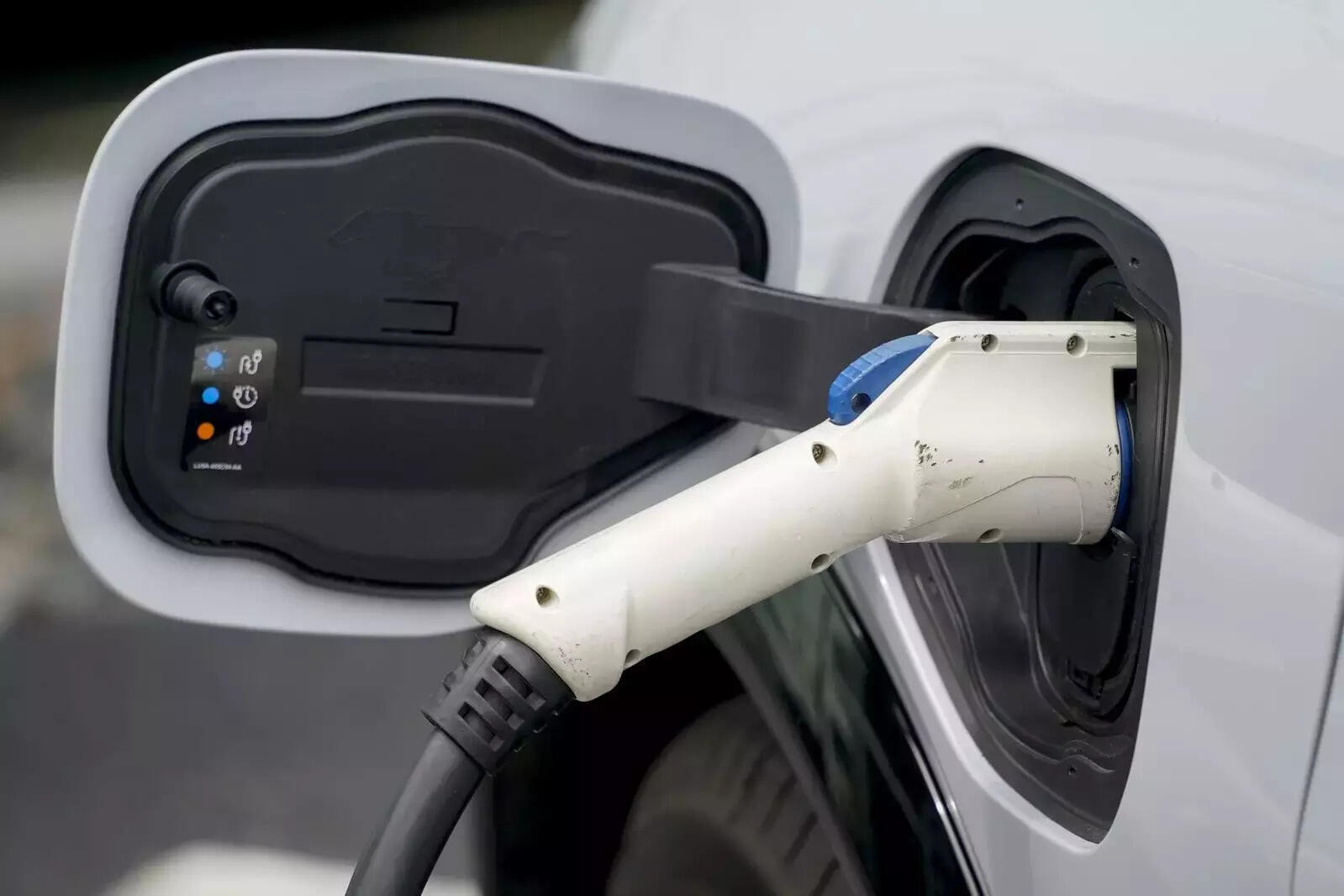
Electric vehicle sales could reach 33% globally by 2028 and 54% by 2035, as demand accelerates in most major markets, consultant AlixPartners said on Wednesday.
EVs accounted for less than 8% of global sales last year, and just under 10% in the first quarter of 2022.
To support that demand, automakers and suppliers now expect to invest at least $526 billion on EVs and batteries from 2022-2026, the firm said at its annual Global Automotive Outlook briefing. That is more than double the five-year EV investment forecast of $234 billion from 2020-2024.
Those higher investments “have now made EV growth inevitable,” according to Mark Wakefield, co-leader of the firm’s automotive practice.
The industry still faces economic and supply chain challenges during the transition from internal combustion engine (ICE) vehicles to EVs, Wakefield added.
The transition will require “drastic changes to operating models — not just plants and people, but the whole way of working,” he said.
Some companies will benefit from separating their ICE and EV businesses, he added.
Raw materials for EVs also cost more than twice those for ICEs: $8,255 per vehicle vs $3,662 per vehicle, as of May 2022.
The ICE-to-EV transition will cost automakers and suppliers a cumulative $70 billion by 2030, according to Elmar Kades, co-leader of the automotive practice, including bankruptcies and restructuring.
AlixPartners sees supply constraints continuing into 2024, and expects total global vehicle sales to dip to 79 million units this year, before climbing to 95 million in 2024.
In the United States, total vehicle sales are expected to rise to 16 million in 2023 and peak at 17.5 million in 2024 before starting to decline in 2025-2026.